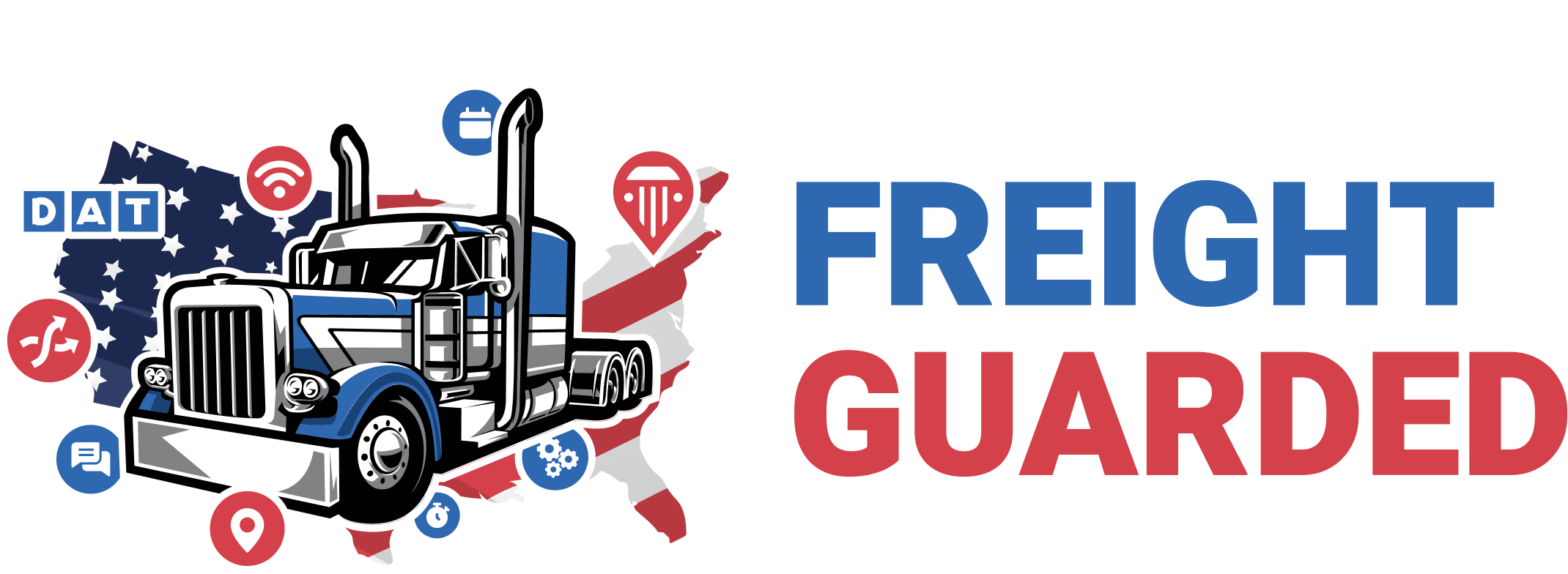In the USA trucking industry, the relationship between a carrier and a broker is pivotal for the smooth transportation of goods. When a carrier has not previously worked with a specific broker, they must go through a formal process involving a "carrier setup packet" to establish their business relationship. This process ensures that both parties are legally and operationally aligned, minimizing risks and misunderstandings.
What is a Carrier Setup Packet?
A carrier setup packet is a collection of documents that a broker requires from a carrier before they can start doing business together. It serves as a formal agreement that outlines the terms, conditions, and expectations of the working relationship. The packet typically includes several key documents that cover legal, financial, and operational aspects of the carrier-broker partnership.
Key Components of a Carrier Setup Packet
- Carrier Agreement: This is the most critical document in the setup packet. It outlines the terms of the relationship, including payment terms, responsibilities, and liabilities. It often covers load confirmation procedures, dispute resolution, and termination conditions.
- W-9 Form: The carrier must provide a W-9 form, which is necessary for tax purposes. This form provides the broker with the carrier's Taxpayer Identification Number (TIN), which is used to report earnings to the IRS.
- Certificate of Insurance: The carrier needs to provide proof of insurance, including liability, cargo, and workers' compensation insurance. The broker may specify minimum coverage amounts, and the carrier's insurance must meet or exceed these requirements.
- Operating Authority: Carriers are required to submit their Operating Authority, which is a document issued by the Federal Motor Carrier Safety Administration (FMCSA). This verifies that the carrier is legally authorized to transport goods across state lines.
- Payment and Banking Information: The setup packet usually requires carriers to provide banking details for direct deposit payments. It may also include information on how payment disputes will be handled and the timing of payments.
- References: Brokers often request references from other brokers or shippers that the carrier has worked with. This helps the broker assess the reliability and performance history of the carrier.
- Safety Rating: Brokers may require carriers to provide their safety rating from the FMCSA. A satisfactory safety rating is often a prerequisite for doing business.
The Setup Process
- Initiation: The process typically begins when a broker expresses interest in working with a carrier. The broker will send the carrier setup packet to the carrier, either electronically or via traditional mail.
- Completion: The carrier completes the required documents, ensuring that all information is accurate and up-to-date. This step may involve gathering documents from multiple sources, such as insurance providers and the FMCSA.
- Review and Submission: Once the carrier setup packet is completed, the carrier submits it back to the broker. The broker will then review the documents to ensure everything is in order. If any information is missing or incorrect, the broker may request additional documentation or clarifications.
- Approval and Onboarding: Upon successful review, the broker will approve the carrier, and the carrier is officially onboarded. This means the carrier can start accepting loads from the broker, and the relationship becomes active.
- Ongoing Compliance: Even after the initial setup, both the carrier and broker must maintain compliance with the agreed terms. This includes keeping insurance coverage current, adhering to safety standards, and following payment and operational procedures.
Importance of the Carrier Setup Packet
The carrier setup packet is a crucial step in ensuring a trustworthy and legally sound relationship between carriers and brokers. It protects both parties by clearly defining expectations, reducing the likelihood of disputes, and ensuring that both sides are adequately insured and legally compliant.
For brokers, the setup packet helps mitigate risks by ensuring they work with reliable carriers. For carriers, it establishes a formal agreement that guarantees payment and clarifies responsibilities. The carrier setup packet process is a standard industry practice that supports the smooth operation of the trucking industry in the United States.
By understanding and properly managing the carrier setup packet process, carriers and brokers can build strong, long-term partnerships that benefit both sides.

.thumb.jpg.79710ba0be5a9f3be83fb45bcaf36e79.jpg)